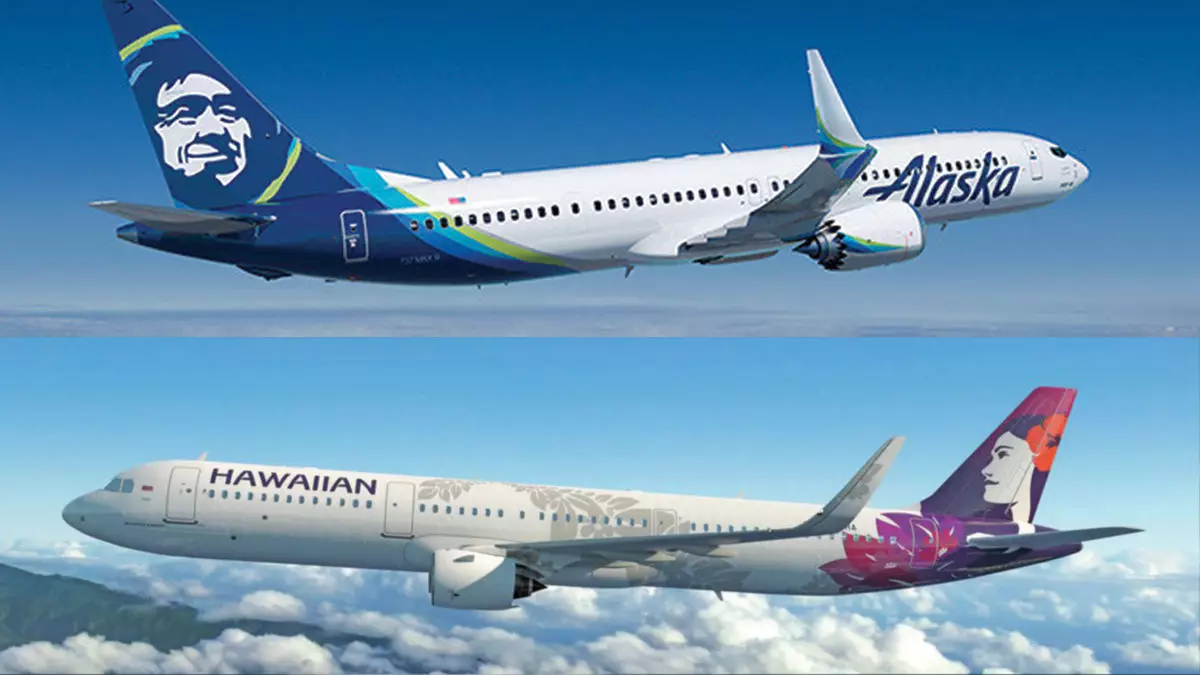Alaska Airlines recently reached a major milestone in its efforts to acquire Hawaiian Airlines as antitrust regulators decided against challenging the merger on grounds of being anticompetitive. The Department of Justice also opted not to impose any conditions on the merger, which would have required Alaska to guarantee certain levels of interisland service in Hawaii or divest any gates or other holdings across its network.
Although the DOJ’s decision marked a significant victory for the Alaska-Hawaiian merger, there are still steps to be taken before the deal is finalized. Both airlines must now secure permission from the Department of Transportation (DOT) to operate under common ownership. Additionally, they await final approval for Hawaiian to transfer its international route authorities to Alaska while working on integrating their operations into a single operating certificate.
Alaska Airlines plans to maintain the distinct Hawaiian Airlines brand while consolidating the two carriers into one merged airline. With centralized scheduling, a unified loyalty program, and interchangeable aircraft, they aim to streamline operations. It is believed that the support of the state government played a crucial role in securing DOJ’s approval for the merger, distinguishing this case from previous antitrust actions.
Alaska and Hawaiian Airlines jointly serve approximately 140 destinations, with only 12 overlapping routes, three of which are exclusive to them. This minimal route duplication, coupled with both airlines being full-service carriers, set them apart from previous antitrust cases, such as JetBlue’s failed merger with Spirit. The DOJ sees the combined strength of Alaska and Hawaiian as a potential challenge to the dominant “Big Four” airlines – American, Delta, Southwest, and United.
While some industry experts anticipated conditions being imposed on the merger, the DOJ’s decision not to intervene came as a surprise. Speculation arose following multiple review period extensions, leading to suggestions that negotiations were underway. Nonetheless, there are still regulatory hurdles ahead, with the DOT retaining the authority to impose stipulations before granting final approval. The potential impact on interisland flying and seat availability remains a point of interest for observers.
As the airlines navigate the regulatory process, there is a possibility of additional conditions being imposed by the DOT. The timeline for this phase typically spans two to three months, with the possibility of stipulations being included in the approval process. Regulatory expert Scott Wagner highlights the ongoing nature of the merger process and the need for continued compliance with regulatory requirements.
The successful progress of the Alaska-Hawaiian Airlines merger represents a significant achievement for both carriers while signaling a shift in the competitive landscape of the aviation industry. The journey towards final approval is marked by collaboration with regulatory bodies and a focus on meeting consumer needs while maintaining operational efficiency.

